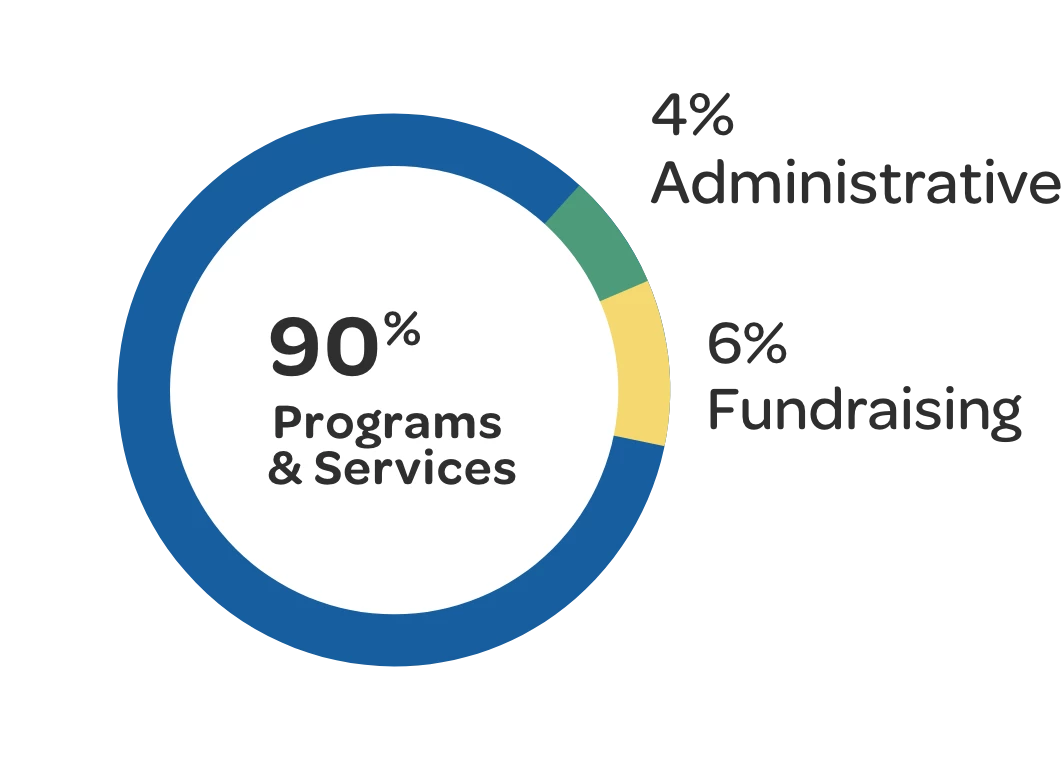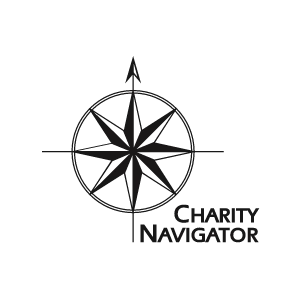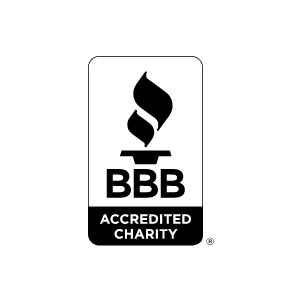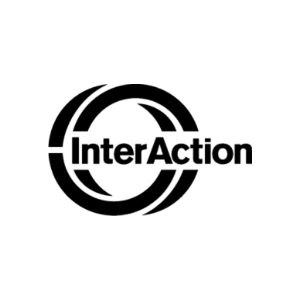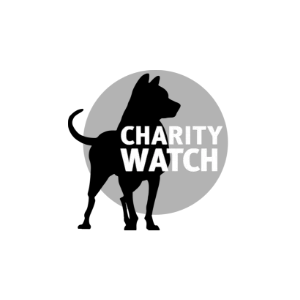The short answer
The first fasting day of Ramadan 2023 / 1444H is very likely Thursday, March 23, 2023, insha'Allah. That makes the first tarawih salah, or “prayer of rest-intervals,” Wednesday, March 22, 2023, after the Night Prayer (Salat Al-‘Isha’) because the calendar day in Islam begins with sunset (maghrib).
What should a Muslim say upon seeing Ramadan’s crescent moon?
We say the things we heard our Prophet say, on him be peace, and there is no report of the Prophet, on him be peace, making a special Ramadan crescent-sighting du’a, supplication. There is a prayer the Prophet, on him be peace, reportedly uttered whenever he saw the crescent of any new month.
“O Allah! Crescent it over us with blessing, and faith, and security, and Islam.” [And then addressing the crescent moon itself:] “My Lord and your Lord is Allah.” (Tirmidhi, No. 3451, graded sahih, authentic)
“Allahhumma! Ahillahu ‘alayna bi’l-yumni, wa’l-imân, wa’s-salâmah, wa’l-Islam. Rabbî wa Rabbuk’Allâh.”
Why is Ramadan’s first day predicted instead of a set date?
The Muslim tradition from the Prophet, on him be peace, has been to sight each of the 12 true lunar months’ new crescents with the naked eye in the western sky immediately after sunset.
This is not the astronomical new moon, which is the moon’s so-called “invisible phase” when only the dark side of the moon faces Earth, which occurs when the sun and the moon are aligned, with the sun and Earth on opposite sides of the moon. So, the moon is not visible from the Earth in this alignment, even though it is up during the day.
The “new,” thin waxing crescent is potentially seeable at a point when the moon has moved far enough out of direct line with the sun and Earth. A sliver of it is then lit up by the sun as the moon swims in its counterclockwise orbit around the Earth (the same direction we orbit the Ka‘bah in our tawaf, or circumambulation) at a high enough angle for the sunlit new crescent to briefly appear to rise above our earthly horizon. If it is visible, it can be spotted at that time only for a few minutes before a quick moonset.
The monthly moon crescents we’re talking about sighting
These are the 12 Islamic lunar months of the Hijri calendar, which astronomers call true “synodic months,” and which last on average just over 29.5 days from new moon to new moon. This completed moon cycle is called a lunation, 12 of which equal a lunar year totaling about 354 days. This lunar year, and not the 365-day solar year, is the length of our Zakat year, called a hawl in Arabic.
Because a new crescent may or may not be visible by eyesight, a true lunar month like ours can fluctuate between 29 and 30 days, according to both our actual and calculated ability to see it. So if the moon is not sighted, or deemed sightable, on either the 29th or the 30th day of the lunar cycle, then the new month commences after the 30th day of the previous lunar month. The Prophet, on him be peace, set this practice among Muslims, meaning it is Revelation. While the Gregorian (also called New Style) solar-based calendar “months” (a word meaning “moon”) that we commonly use today distorted the lengths of the actual 12 lunar months for political reasons, no true lunar month can extend beyond 30 days.
(That is not to say solar calendars are wrong. Muslims (and others) used and perfected them for agricultural and other purposes. We’re speaking about the practice of “intercalation,” solemnly proclaiming the insertion or alteration of days, weeks, or months in the calendar for ultimately political reasons, a policy implemented by the leading Arab tribe of Quraysh in Makkah before Islam that Allah condemned, and which He righted with the Prophet, on him be peace, by restoring the Islamic calendar. See the “Farewell Address” (Khutbah Al-Wada‘) of the Prophet, on him be peace).
Is there any other religious obligation besides fasting that Muslims fulfill in Ramadan?
Yes. Since the days of the Prophet, on him be peace, Muslims have overwhelmingly set the due dates for paying the Zakat on their eligible wealth in the days of Ramadan. It is not an obligation to pay Zakat in Ramadan, but paying Zakat once in a lunar year on qualified wealth is an obligation in Islam.
Muslims have commonly chosen to pay their due Zakat in Ramadan because it is a blessed month of commemoration, both for us worshippers and the One we worship.
Ramadan is the month that Allah commanded us to commemorate, with a daily dawn-to-dusk fast, His first Revelation of His Last Divine Word to humanity, the Quran. He sent the Quran down upon His unlettered Prophet, Muhammad, on him be peace, to convey to all people for all time.
Allah Himself also commemorates this month of the Quran’s inauguration into the world by making its days, and especially its nights, a “barzakh of barakah,” that is, an “intervening realm of uncountable blessings.” In this special moment that He has hallowed, He takes our Ramadan deeds and uncountably multiplies their value in a profusion of ajar, divine reward, that streams heavy into our Heavenly Scales.
This is the reason Muslims have overwhelmingly set the due dates for paying the Zakat on their eligible wealth in the days of Ramadan.
Is Ramadan’s likely 2023 start date based on calculation?
Yes. Muslims, especially in the West, have increasingly come to rely on astronomical calculation of when the new crescent of Ramadan will likely be visible with the eye. The most popular calculation method itself, however, depends in part upon the history of moonsighting with the naked eye, that is, the record of these sightings’ times and related data.
This method accounts for the earliest record of new moon sightings, along with astronomical data and atmospheric forecasts. (Is it cloudy or clear in a place of possible sighting?) This enables moonsighting specialists (astronomers, Muslim scholars, and others self-trained in the issue (many Muslims are passionate about moonsighting) to come to a consensus about conditions that predict when and where likely moonsighting times in favorable places would normally occur.
The astronomical data include (1) the birth of the new moon, which is quite precise but never visible; (2) the age of the new moon at the time of sunset and moonrise in different parts of the world, which increases from east to west; (3) the resultant measurable elongation of the crescent; and (4) the angle of the moon’s elevation above the horizon.
Are Muslims with conflicting viewpoints on moonsighting and calculation likely to disagree about the start of Ramadan this year?
Disagreement this year, like last year, about the actual start date of Ramadan is unlikely, alhamdulillah, though the parties will assuredly come to that verdict of inception by different roads. (No doubt some Muslim-majority nation-states will remain locked in their perennial, politically driven disagreement in announcing the start of Ramadan.)
What is the astronomical crescent data for Ramadan 2023 / 1444H?
According to moonsighting.com, the astronomical new moon occurs on Tuesday, March 21, 2023, at 17:23 Universal Time (UT).
UT is basically a time measure, not of the clock or even solar time per se, but of Earth’s rotation measured by the stars as they pass established meridian locations (lines of longitude). It is used to measure the length of each day by comparing these celestial observations against the most accurate time-standards we have, like the International Time Clock (TAI).
The Moonsighting Committee Worldwide (MCW), the publishers of moonsighting.com, a group of astronomers and others, has adopted these standards in conjunction with the Fiqh Council of North America (FCNA) composed of Muslim scholars from the U.S. and Canada. The FCNA has adopted the moonsighting criteria set by the European Council for Fatwa and Research (ECFR), established in Dublin, Ireland, and which the renowned late Shaykh Yusuf Qardawi formerly headed.
The Committee writes:
“On that day, there is no place on Earth where, at sunset, the elongation [an angular measure of the east-west separation in our sky between the sun and the moon] is at least 8 degrees, and the moon is at least 5 degrees above the sun” [that is, above Earth’s plane of orbit, since the moon’s orbit around Earth is tilted about 5 degrees off Earth’s orbit around the sun, causing the moon to usually be either slightly above (potentially seeable) or below (unseeable) Earth’s plane of orbit].
They say that these factors strongly indicate Thursday, March 23, 2023, will be our first Ramadan 2023 / 1444 fasting day, insha'Allah.
When will the congregational tarâwîh prayers for Ramadan 2022 / 1443H start?
Again, in the divine measure of a day in Islam, and so for Muslims, the new day begins at sunset. Therefore, the actual beginning of the 1st day of Ramadan will, by this calculation, be at sunset Wednesday, March 22, 2023, which means that tarawih salah will commence after Salat Al-‘Isha’ on that day.
